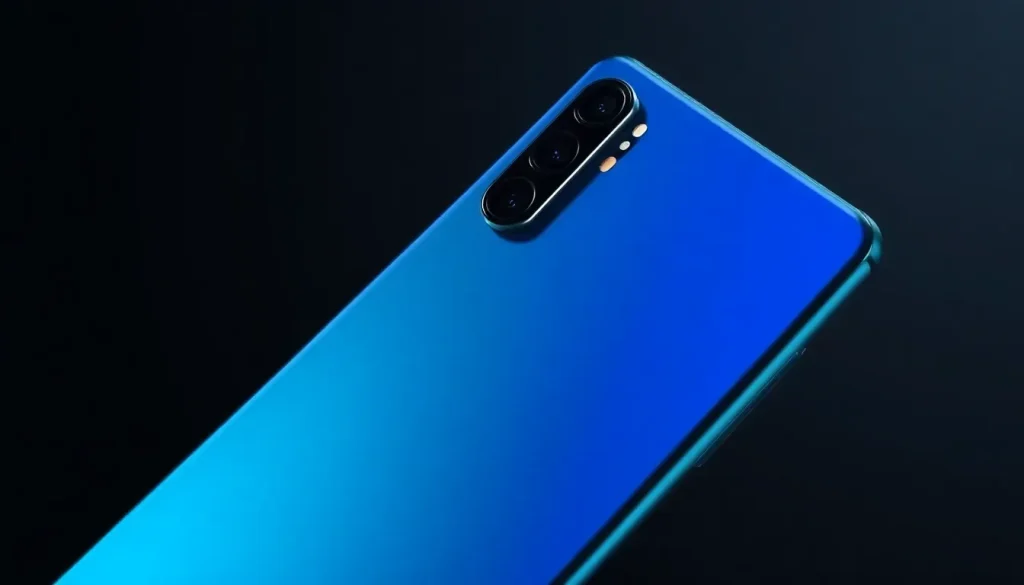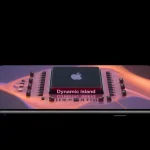Xiaomi 17 Pro Max tiene batería 55% más grande que iPhone 17 Pro Max

In the ever-evolving world of smartphones, battery performance remains a critical factor for consumers. Recent comparisons between Xiaomi's latest flagship, the Xiaomi 17 Pro Max, and Apple's renowned iPhone 17 Pro Max have sparked discussions about energy efficiency and overall performance. Although the Xiaomi boasts a significantly larger battery capacity, the real-world results reveal a different story, making it essential to explore these findings.
- Xiaomi 17 Pro Max: impressive battery specs, limited real-world gain
- High temperature issues: a common concern
- Battery performance comparison: Xiaomi vs. Apple
- Is the iPhone 17 Pro Max's battery capacity underestimated?
- Battery efficiency: Xiaomi’s struggle against Apple
- Conclusion: What does this mean for consumers?
Xiaomi 17 Pro Max: impressive battery specs, limited real-world gain
The Xiaomi 17 Pro Max features a formidable battery with a capacity of 7,500 mAh, compared to the iPhone 17 Pro Max's 4,832 mAh. This impressive difference in specifications suggests that Xiaomi's device should be able to outperform Apple's flagship in terms of battery life. However, recent performance tests indicate that this is not the case.
Conducted by the YouTube channel TechDroider, a comprehensive analysis was performed to assess the battery longevity of various flagship devices, including the Samsung Galaxy S25 Ultra and the Pixel 10 Pro XL, under similar usage conditions. Tasks ranged from streaming videos and playing games to browsing social media and capturing photos.
The results were surprising; despite the substantial battery advantage, the Xiaomi 17 Pro Max only managed to beat the iPhone 17 Pro Max by a mere 5 minutes in overall usage time. This raises questions about the efficiency of the components used in both devices.
High temperature issues: a common concern
Another significant finding from the tests was the temperature that both devices reached during operation. The iPhone 17 Pro Max maintained a stable performance, lasting 13 hours and 31 minutes at a temperature of 43.1ºC. In contrast, the Xiaomi 17 Pro Max lasted slightly longer, clocking in at 13 hours and 36 minutes but at a higher temperature of 47.6ºC.
This rise in temperature is not just a minor inconvenience; it can lead to throttling of performance and negatively impact the device's longevity. During testing, the Xiaomi even displayed warnings indicating that certain applications should close to cool the device down. Such occurrences highlight the challenges that come with high-capacity batteries when paired with less efficient processors.
Battery performance comparison: Xiaomi vs. Apple
While the Xiaomi 17 Pro Max boasts a higher battery capacity, the efficiency of the Apple A17 chip plays a crucial role. Apple's custom silicon not only provides superior performance but also excels in energy management. Here’s a comparative overview:
| Device | Battery Capacity | Usage Time | Temperature |
|---|---|---|---|
| Xiaomi 17 Pro Max | 7,500 mAh | 13 hours 36 minutes | 47.6ºC |
| iPhone 17 Pro Max | 4,832 mAh | 13 hours 31 minutes | 43.1ºC |
| Xiaomi 15 Pro | 6,100 mAh | 12 hours 31 minutes | 47.4ºC |
| OnePlus 13 | 6,000 mAh | 11 hours 56 minutes | 43.5ºC |
| Pixel 10 Pro XL | 5,200 mAh | 11 hours 28 minutes | 42.6ºC |
| Galaxy S25 Ultra | 5,000 mAh | 11 hours 20 minutes | 45ºC |
Is the iPhone 17 Pro Max's battery capacity underestimated?
Interestingly, the iPhone 17 Pro Max sold in Europe has a battery capacity of 4,832 mAh, while the U.S. version includes a slightly larger battery of 5,088 mAh. This discrepancy arises from the design to accommodate eSIM technology in the U.S. model, which allows for more battery space compared to the dual SIM setup in Europe. This means that in some markets, the iPhone has a competitive edge even against higher-capacity rivals like the Xiaomi 17 Pro Max.
Battery efficiency: Xiaomi’s struggle against Apple
The underlying issue for Xiaomi appears to be the efficiency of the Qualcomm SoC used in their devices. While this chip offers enhanced performance, it falls short in terms of energy consumption compared to Apple's A17 chip. This can lead to:
- Higher heat generation during usage.
- Throttling of performance under heavy load.
- Inconsistent battery life across various tasks.
As consumers increasingly prioritize battery life alongside performance, it becomes evident that having a larger battery does not always equate to better real-world performance.
Conclusion: What does this mean for consumers?
In light of these findings, consumers looking to invest in a new smartphone must consider not only the specifications on paper but also the practical implications of those specs. The Xiaomi 17 Pro Max showcases impressive numbers, yet the performance metrics reveal a different narrative. For users who prioritize battery life and efficient performance, Apple's devices continue to set a high standard.
For a deeper dive into this topic, check out this insightful video that compares both devices:




Leave a Reply